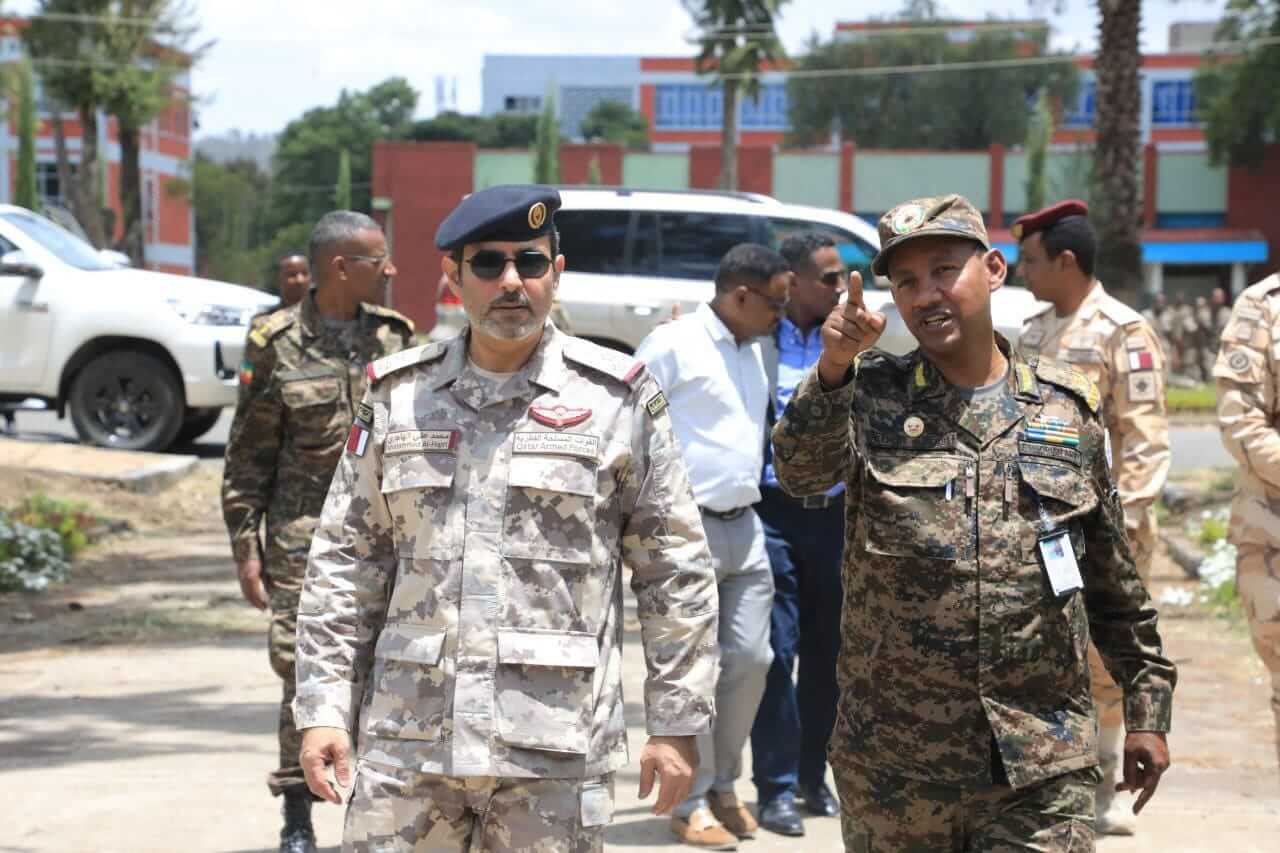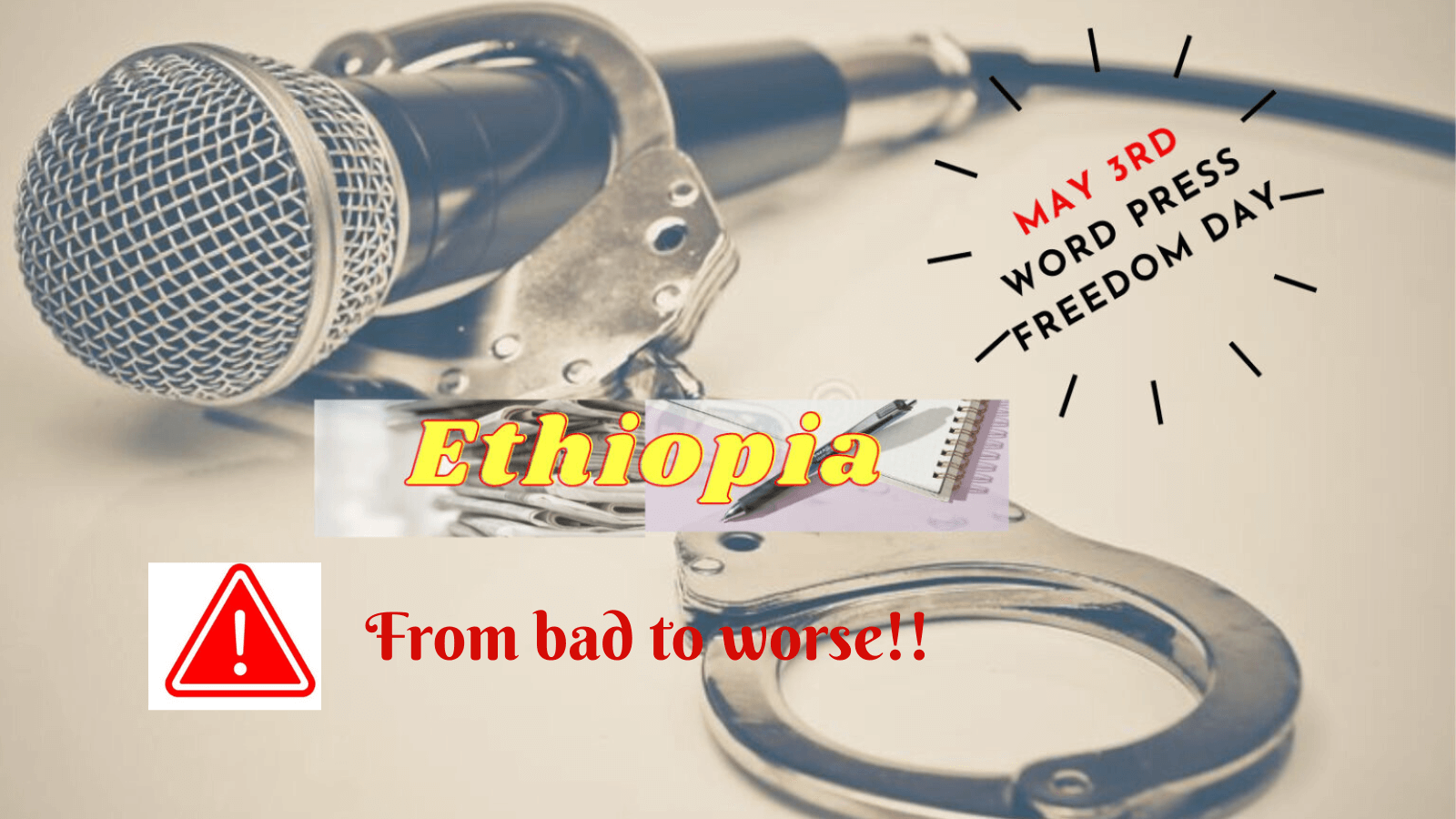Editorial: Drought in Ethiopia: Call it by what it is – a national disaster

Addis Abeba – The Intergovernmental Panel on Climate Change (IPCC) defines drought as “a period of abnormally dry weather long enough to cause a serious hydrological imbalance.” Persistent drought has been a recurring disastrous phenomenon in Sub-Saharan countries due largely to their arid and semi-arid climatic conditions. Ethiopia is one of them.
Drought has been testing Ethiopia year after year at various scales. Climate change is the main reason. The current drought Ethiopia is experiencing is caused by below-average rainfall primarily due to negative Indian Ocean Dipole and La Niña conditions.
But a deeper look into the lives of communities ravaged by the current drought reveal climate is not the only culprit. The government’s failure, both at federal and regional levels, to establish institutional mechanisms to help communities that are susceptible to recurrent droughts in the past is written all over the walls.
Large-scale humanitarian assistance will be needed throughout much of the country in 2022, along with unhindered humanitarian access in northern Ethiopia, especially Tigray, to avert a great deal of loss of lives.
The last full-fledged drought in Ethiopia was recorded during the years of 2015/16, affecting about 10.2 million people throughout North East and South Western Ethiopia. Depending on its intensity and severity, impacts of drought are identified using the Integrated Food Security Phase Classification (IPC), also known as the IPC scale, a tool for improving food security analysis and decision-making on the scales of 1 (Food Secure) to 5 (the worst, Famine).
Extent and severity of the drought
According to Famine Early Warning Systems Network (FEWS NET) predictions, humanitarian assistance needs in Ethiopia in 2022 will be at record levels, nearly 40 percent higher compared to both 2021 and 2016, which followed the historic 2015 El Niño drought.
Currently, FEWS NET, through its Food Security Alert published in February 2022, estimated that up to 20 million people in Ethiopia, Somalia, Kenya, and Uganda will need food assistance through mid-2022 due not only to the impacts of drought, but also conflict, insecurity, and economic challenges, including the complex humanitarian emergency in northern Ethiopia.
It underscores that war-torn regions of Tigray, Amhara and Afar will remain the greatest concern with Emergency needs at IPC Phase 4, Tigray being the worst hit. The southern region pastoral areas are affected by prolonged drought, rivaling preceding full-fledged droughts in terms of both severity and duration driving widespread Crisis (IPC Phase 3) and Emergency (IPC Phase 4) outcomes. Hence, large-scale humanitarian assistance will be needed throughout much of the country in 2022, along with unhindered humanitarian access in northern Ethiopia, especially Tigray, to avert a great deal of loss of lives.
UNOCHA, in its 08 March report on Ethiopia, warned that due to the drought, close to seven million people are estimated to require food assistance in 2022 across all drought-affected areas, including 3 million people in Somali Region, 2.4 million in eastern Oromia and 1 million people in southern Oromia. This estimate does not include the 5.8 million people in Tigray who require emergency food assistance, including an estimated 700,000 facing famine due to what the U.N. warned is a de-facto blockade.
Recurring trends of the drought
Ethiopia’s recurring drought leaves a trail of devastation every time it comes, largely because due attention is not given for adequate preparation and response to help mitigate, if not avert, the damage.
Studies revealed that drought in Ethiopia has shown a patterned distribution over the last fifty years and there are certain regions in the country that are affected by drought more frequently, especially the eastern and southeastern, as well as the rift valley regions. The frequency of recurrence was one in ten years during earlier periods.
Other studies show drought in Ethiopia occurs within three to five, and six to eight years in northern parts of the country, and every eight to ten years for the rest of the country. But recent observations reveal that drought frequency has shortened and devastating drought has occurred in three successive years. Persistent increase in recurrence of drought could additionally be attributed to poor management or mismanagement of resources in dryland areas.
Revising Ethiopia’s food security strategy could be the key in creating the link between drought and food security and increasing the availability of food through domestic production, as well as ensuring access to food, which will lead to effective emergency response mechanisms.
This assessment points a finger at lack of clarity in policy direction and determination towards addressing impacts of drought, absence of scientific driven policy framework, lack of technical strategies, including drought preparedness and response task force and structure, as well as absence of meaningful collaboration of regional and federal levels, leading in some cases to famine. The testimonies from more than a dozen interviewees in East Bale zone, Oromia regional state, who spoke to this magazine, attest to this failure.
Unbalanced impact mitigation strategy
Decades after witnessing two famines and repeated drought crises, here we are, still expressing grave concerns about yet another looming danger of a potential drought-induced famine that is already claiming “the lives of children and the elderly,” by the admission of Prime Minister Abiy Ahmed. It has also killed hundreds of more than a million Somali livestock and hundreds of thousands in Oromia regional states, the two regions that are the worst hit by the drought.
This is a clear signal that newly restructured state institutions at federal and regions levels should revise their strategies to respond to the ever-changing drought patterns, starting from inceptions all the way to implementations; there should also be a clear strategy to enable all multinational stakeholders to be informed, and most importantly to engage with the affected communities during the whole course.
Revising Ethiopia’s food security strategy could be the key in creating the link between drought and food security and increasing the availability of food through domestic production, as well as ensuring access to food, which will lead to effective emergency response mechanisms.
The federal government should not only follow suit in admitting to the severity of the drought, but declare it as a national disaster in order to mobilize the level of response it deserves.
And yet, to the dismay of this magazine, the only formal response given by Prime Minister Abiy on 25 February was focused on blaming the victims. “Drought comes naturally, but hunger is the result of our laziness.” Such chastising erases the facts that the most devastated section of our society are the hard-working farmers and the pastoralists; they are not lazy. They need a government that can listen to their pain and respond to it accordingly.
Unfortunately, Ethiopia’s deteriorating security and economic situation add up to the woes of drought-related crises. The 17-month civil war has consumed huge economic resources and political attention that could have otherwise been used to avert the drought suffering and save lives that are regrettably being wasted. Similarly, the deteriorating armed conflicts in Oromia, Benishangul Gumuz and Gambella regions have all hindered the delivery of humanitarian supplies and accessibility of life-saving food at a scale never seen in Ethiopia’s recent history.
Call it by what it is – a national disaster
Neighboring countries such as Somalia and Kenya have taken a bold step when it comes to communicating and addressing the disastrous outcomes of the current drought. Kenya has already declared the drought as a national disaster, while Somalia has declared a state of emergency and appealed for urgent responses from the international community in September and November last year, respectively. Their interventions came as both countries admitted facing IPC-Phase 3 (crisis).
Such bold moves often set the records on the severity of the crisis straight, and create the means to coordinate the response capabilities of the federal and local governments; it also serves to better address the crisis by allowing public officials to exercise emergency powers to preserve lives.
Recently Mustafe M. Omer, President of the Somali Regional State has publicly spoken of the drought in his region. “Somali Regional State is facing a prolonged dry season. Pasture & water shortages are resulting in the loss of livestock. So far the situation in most zones is in IPC-Phase 3 (crisis), but can deteriorate to level 4 (emergency) without timely and adequate response.” Official admission to the severity of the drought is a good start.
The federal government should not only follow suit in admitting to the severity of the drought, but declare it as a national disaster in order to mobilize the level of response it deserves. AS








